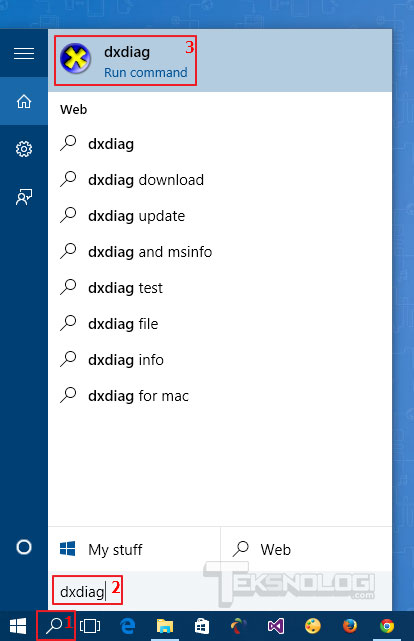
Under the Startup tab of Task Manager, right-click on the unnecessary task and choose Disable. Go to the Startup tab and press Open Task Manager. Under the Services tab, check Hide all Microsoft services and hit Disable all. Type msconfig and hit Enter to launch System Configuration. Performing a clean boot also helps to exclude the interference of any third-party applications or programs and this can also help you to pinpoint the root cause of Hogwarts Legacy high CPU usage. Under Processes, right-click on the resource-hogging tasks one by one and choose End task. Right-click on taskbar and select Task manager. Follow these steps to disable unwanted programs: If there are too many resource-hogging background programs, you are very likely to receive issues like Hogwarts Legacy high CPU, disk, or memory usage. You had better run fewer programs in the background when playing Hogwarts Legacy. Under the Display tab, you can see the details of your graphics card.

Under the System tab, you can check your operating system, processor, memory, and DirectX version. Type dxdiag and hit Enter to launch DirectX Diagnostic Tool. To check the system requirements on your computer, you need:

Graphics: NVIDIA GeForce 1080 Ti or AMD Radeon RX 5700 XT or Intel Arc A770.Processor: Intel Core i7-8700 (3.2Ghz) or AMD ARy(3.6Ghz).Graphics: NVIDIA GeForce GTX 960 4 GB or AMD Radeon RX 470 4 GB.Processor: Intel Core i5-6600 (3.3Ghz) or AMD Ry(3.2Ghz).How to Fix Hogwarts Legacy High CPU Usage on Windows 10/11? Fix 1: Check System Requirementsįirst, you should make sure that your computer meets the minimum system requirements of Hogwarts Legacy. In this post, we have collected some workarounds that are proven fruitful by other players.

Hogwarts Legacy high CPU, disk, or memory usage is one of the most annoying issues you might meet. Like other big titles, it also has some glitches.

Hogwarts Legacy has received lots of positive responses around the world since its debut. Hogwarts Legacy High CPU/Disk/Memory Usage


 0 kommentar(er)
0 kommentar(er)
